Powering the Quest for Well-Being With Imagination
February 29, 2012
How do we visualize our thoughts, and how can we show them to other people?
This is the question faced by many freelance educational animators today, including former Jim Henson Company digital artist and RIT professor Aharon “AC” Charnov. Helping educators to animate concepts for audiences young and old, he is giving academia new ways to view concepts (e.g., The Goldratt Lectures). When I spoke with him about this recently, he noted that one of the most important aspects is to enable the viewer to see matters from more than one angle, and leaving the resolution up to the individual.
I think he is on to something.
Often, we want to think of new ideas, or find ways to improve ourselves, and the hardest thing to do is to get a concrete conception, often because we are using other people’s angles, oversimplified frameworks, and/or very basic modalities like words. One of the best aspects of positive psychology interventions like Emmons and McCullough’s counting blessings paradigm, or Seligman’s gratitude letters, is that they require us to come up with our own notions of what is good, meaningful, and valuable in our lives. Through these exercises, we are building what Luthans and colleagues call psychological capital by developing the confidence to integrate our pasts, our feelings, and our ways of expressing them, and giving ourselves a composite view of the good things in our lives.
One of the key mechanisms underlying these interventions, however, is that they ask us to relive a positive experience. Think about any positive experience you have had lately, and note that you are not using just words, or just images, but rather multiple sensory modalities. As Gerard points out, even when we do a visualization exercise, it involves far more than merely visual information, and enters into the experiential realm. If we want to find a clear means for improving ourselves, finding well-being, and developing a solid self-concept, we need to use multiple perspectives to construct experiences. Many corporations have already figured this out with their use of 360° feedback to describe how a person is experienced in a firm, and therapists have been helping people understand and guide their experiences with the rising use of biofeedback, as described by Schwartz and Andrasik.
It does not need to be a complex construction, either. A look at some of Edward Tufte’s work reveals that one can combine different aspects of simple picture-processing (e.g., color, number, line style) to convey complex information in a clear and concise fashion. This suggests that, by integrating individual constructs that are simply arrayed in their original sensory modalities, we can create highly complex and meaningful representations that can allow us to understand and improve ourselves. This is a lot like 3-D vision, which uses a host of visual cues to resolve a pair of 2-D images to create a full-depth view. As Charnov points out, we need to integrate multiple modes and perspectives in order to have a clear idea of the concepts we want to understand. When it comes to self-improvement, self-definition, or our own ideas, Charnov’s notion means that we need to fire up our full imaginations and bring our experiences to bear.
The author wishes to thank Thuy-vy Nguyen for her contributions to this article.
Article Source: Positive Psychology News Daily
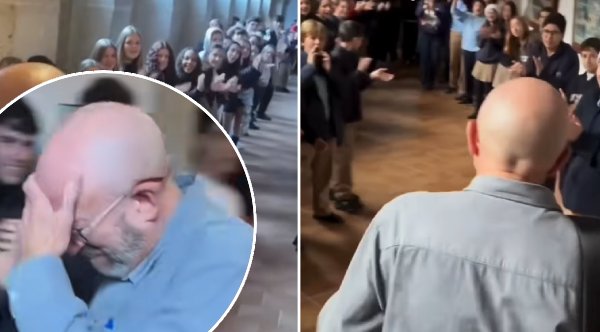 His Last Day As A Teacher After 36 Years. They Turned It Into A Memory For Life
His Last Day As A Teacher After 36 Years. They Turned It Into A Memory For Life
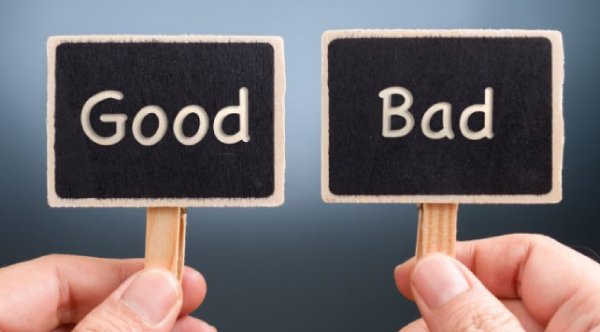 Teacher’s Simple Strategy Is Changing The Lives Of So-Called ‘Troublemaker’ Students
Teacher’s Simple Strategy Is Changing The Lives Of So-Called ‘Troublemaker’ Students
 Man Marks 11th Straight Christmas As The Last Unmarried Member Of His Family
Man Marks 11th Straight Christmas As The Last Unmarried Member Of His Family
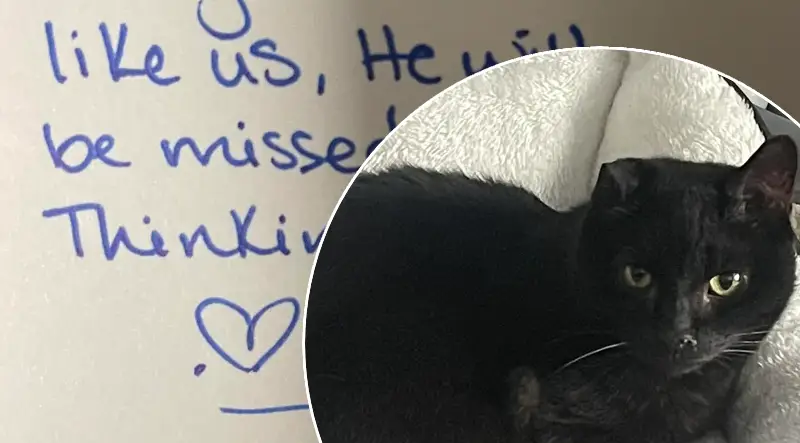 'I Laughed And Cried': Vet’s Hilarious Condolence Card Brings Laughter To Grieving Cat Owner
'I Laughed And Cried': Vet’s Hilarious Condolence Card Brings Laughter To Grieving Cat Owner
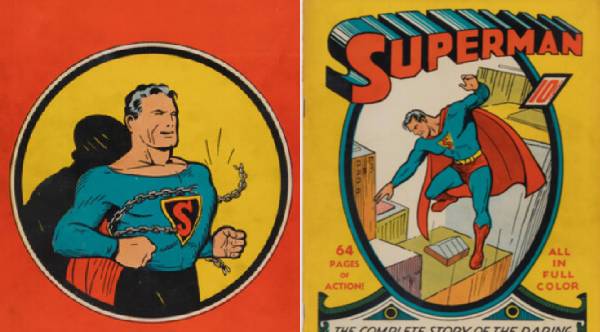 Three Brothers Cleaning Out Mom’s Attic Found A Comic Worth $9 Million
Three Brothers Cleaning Out Mom’s Attic Found A Comic Worth $9 Million
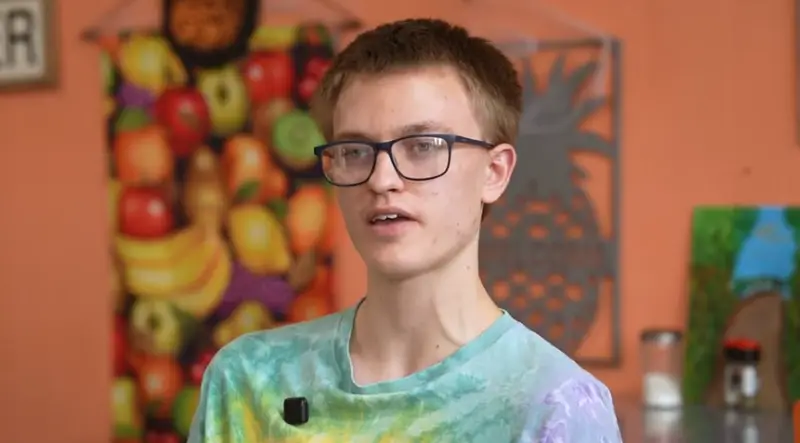 Teen Runs His Own Restaurant ALONE — One Of The Most Uplifting Stories You'll Read
Teen Runs His Own Restaurant ALONE — One Of The Most Uplifting Stories You'll Read
 A Stray Dog Wouldn't Let Go Of A Toy, So Shoppers Bought It For Him
A Stray Dog Wouldn't Let Go Of A Toy, So Shoppers Bought It For Him
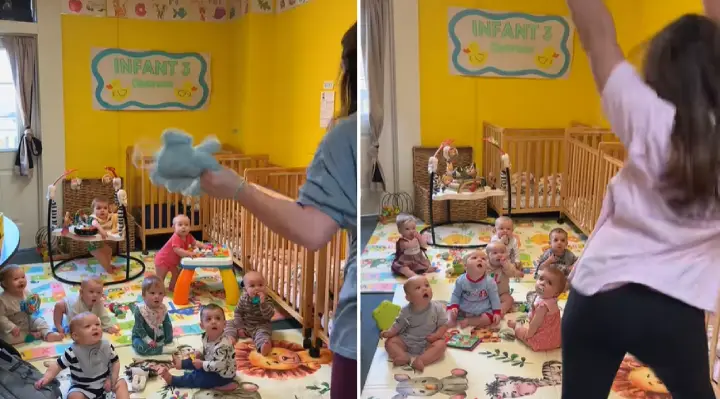 Daycare Worker Goes Viral After Dancing For Babies — Their Reactions Are Priceless
Daycare Worker Goes Viral After Dancing For Babies — Their Reactions Are Priceless
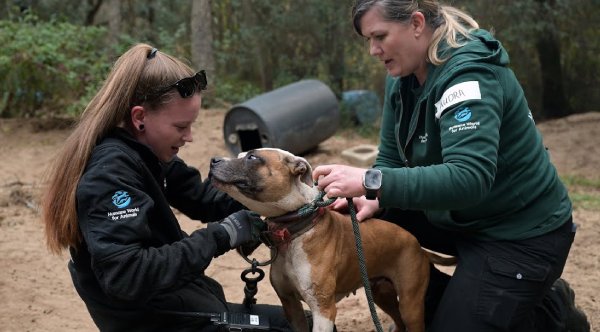 Watch The Moment This Dog Is Rescued From Dog Fighting
Watch The Moment This Dog Is Rescued From Dog Fighting
 Nanny Gets Surprised With A New Car. Her Reaction Is Incredible
Nanny Gets Surprised With A New Car. Her Reaction Is Incredible
 Jamaican Mom Sees Snow For The First Time — And She Is LIVING
Jamaican Mom Sees Snow For The First Time — And She Is LIVING

